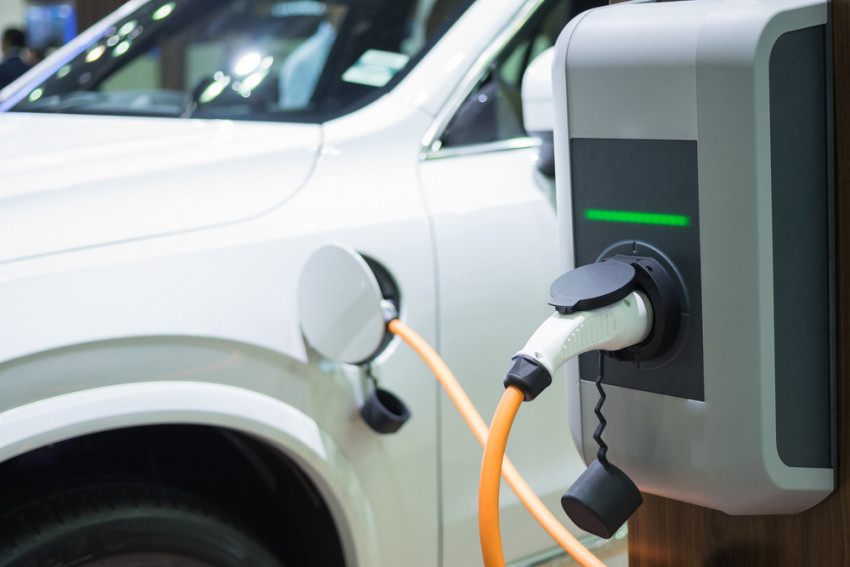
Electric vehicles are an exciting new trend that has the potential to change how we travel around our cities and towns and you can rent them out from amex car rental uae. But what about the diesel or petrol car?
Electric vehicles are powered by rechargeable batteries, which can be charged using a standard electrical socket. Some electric cars can even be plugged into your home's mains supply, allowing you to use them as normal while they're charging.
Efficient way to charge an electric car?
The most efficient way to charge an electric car is via a fast charger. These are usually located at petrol stations, but some electric vehicle owners will install one at their home too.
While it's true that electric vehicles have better fuel efficiency than conventional cars, this isn't always the case.
Electric vehicles have limited range because their batteries need to be charged every time they're used. This isn't a problem for long journeys, but if you need to drive further than you planned then you'll need to stop and recharge at least once or twice along the way.
A normal car will also get around 100 miles per gallon (mpg), but this figure varies depending on factors like weight and whether it's being driven in town or on the highway
ICE ( internal combustion engine )
Electric vehicles use a battery to store energy, which makes them more efficient than regular cars with an internal combustion engine (ICE). The battery charges by feeding electrons from the power grid into the vehicle, which is why electric vehicles are usually more efficient at lower speeds.
Gasoline
Conversely, regular cars have an ICE that can be running on its own or connected to a fuel pump (gasoline) for when you need it. This means that they require more fuel at low speeds and are less efficient at higher speeds.
FAQ
Which is more efficient?
Electric vehicles are more efficient than regular combinations.
The average electric vehicle (EV) has a range of 100 miles or more and can go up to 0-60 mph in under 10 seconds. The average gas-powered vehicle can only go about 30 miles on a full tank, but can do 0-60 mph in 15-20 seconds.
Electric vehicles are more efficient because they don't need to use as much fuel to move them from A to B—they're also cleaner and cheaper for you to operate than a gas engine.
Electric vehicle vs regular combination engine
The electric car is more efficient than the regular one. This is because it has fewer moving parts and less friction between parts. It also uses regenerative braking, which means that instead of using friction to slow down the car, it uses its batteries to slow down. This reduces fuel consumption. When electric cars were first introduced, they had less than a third of the range of gas-powered cars and took several hours to charge. Nowadays, however, they can travel up to 400 miles on a single charge!
So, you’re looking into electric vehicles and wondering how they compare to regular cars.
Well, we’ve got some answers for you!
First of all, let’s talk about what makes an engine more efficient. Like most things in life, the definition of efficiency is a bit subjective. What one person considers efficient might not be what another considers efficient at all. So we’ll take a broad approach here and say that an engine that can get its power from a cheaper fuel source is more efficient than one that needs more expensive fuel to operate.
Now let's look at electric vehicles (EVs). The most common type of EV uses electricity directly from the grid to power its motors and charge its batteries. This type of EV doesn't depend on any sort of fuel source at all—it gets its power completely from electrical energy generated by an energy provider like a power company or utility company. These types of EVs are much less expensive than their gasoline-powered counterparts because there's no need for expensive internal combustion engines and other parts needed for traditional cars/trucks/SUVs (too long for this post).
So how does this apply to your question?


